Food, glorious food…. Not everywhere we ate, as not everything and every place is worth talking about.
Rota do Acarajé, R. Martim Francisco, 529 [w3w: quit.boggles.liquids] – Way back in December 2008 and January 2009, I took a series of classes from a Brazilian chef who had a restaurant in Buenos Aires, to learn the basics of Brazilian cuisine. Something I’d basically never had before (discounting the occasional visit to one of those places where they carve meat off of skewers at tableside). We’d eaten at his restaurant, and talking to him about food, he offered to set up a month or so long series. We’ve kept in touch, he’s back in Brazil, and he gave us a few recommendations for some of his favorite spots in São Paulo for different regional, traditional cooking. We started off with Bahian cooking….
A mini acarajé, which is basically a ball of fermented black eyed peas and spices fried in dende palm oil, a common street food in Bahia, two states north of São Paulo. Here, filled with a mix of salada – made with green tomatoes; camarão – which literally just means shrimp, but in context are small, sun-dried shrimp cooked in dende oil; and vatapá – a thick, rich shrimp paste.
The highlight of the meal, we split a half-order of Bobó de camarão, a creamy stew of shrimp and green peppers and spices and rice and farofa, toasted grated yuca, a common topping to sprinkle over food here. And we finished this off down to scraping the casserole dish. Spectacular! I think, probably, for both of us, the dish of the trip.
An amazing, intensely sweet coconut “cake” – Bolo de manteiga de garrafa – shredded fresh coconut, sugar, coconut milk, clarified butter, nothing more, nothing less.
Our waiter offered us a taste of a cachaça, as a little gift of the house. We got to talking about the liquor, which is basically a fermented and distilled sugarcane liquor, and he slapped this list down on the table – we had noticed that they had a wall with a hundred or more cachaças on it, but it turns out they have an entire cellar – 1,116 of them!
Two of the mini acarajés, the bobó, two waters, dessert, a cocktail, a beer, tip – 282 reais, or about $75.
Consulado Mineiro, Praça Benedito Calixto, 74 [w3w: tonsils.circles.pursuit]. Another of Eduardo’s recommendations, this time for the cuisine of Minas Gerais.
Lunch – we split an order of Frango a mineira, chicken stewed in a thick, creamy sauce under a layer of okra, and accompanied by rice, red beans, yuca puree, and shredded, steamed chard. They do love their okra here. I love okra too, when it’s cooked right, and they do seem to do that as well – still retaining a slight crunch. The portion, again, huge – there were two legs, two thighs, and a half a breast of chicken in the pot. We didn’t quite make it through everything.
4 bottles of water (a lot of places here serve tiny, 250ml bottles), and the chicken, plus tip (also pretty much automatically tacked onto the bill at 10%, but keep an eye on it, one place we went tried to tack on 21% by adding in the 10% tip as a line item in the bill, and then also 10% on top of that as a tip down below on the bill – they said the first was “accidental”… right) – 128 reais, $34.
Macaxeira, R. Bandeira Paulista, 1076 [w3w: panting.lunch.puzzled] – It was Monday night, being both Carnival and a religious holiday, oh, and Monday – I went down through my entire list of places to try and not one of them was open (almost the same on Tuesday night it turned out, something to consider if you’re coming for both Carnival and to eat at some of the more notable places), so I just sort of picked one off the Restorando site that was open and had availability, plus sounded interesting. Specialty, “northeastern” cuisine, which, according to their website, includes 9 states in the northeast.
We’d loved our “a la portugués” chicken giblets on our last visit to São Paulo so much, that we decided to give their version a try. Similar, and good, but not remotely in the same class. Very soupy, with not a lot of giblets, a bunch of cherry tomatoes, and a few desultory pickled boquinho chilies.
The specialty dish of the house is the Carne-de-Sol Assado, also known as Jabá, a dish with Portuguese-Jewish origins. The carne de sol itself is a salt and sun cured beef, usually for 2-3 days, here it’s then roasted, sliced, and served with a whopping handful of pickled boquinho chilies and a head of roasted garlic.
We wanted something on the side, and our waitress highly recommended their version of a classic rice dish, Baião de dois (literally, I think, a sort of “dance of two”, i.e., rice and beans). Each place we saw this at had their own version of it, but at its heart, it’s basically rice, black-eyed peas or small green bean that look like a green version of them, plus elements of different meats and cheese. In this case, it was a fried rice, in a bit of dende oil and manteiga en garrafa, which is clarified butter, along with a simple white cheese, some sausage, bacon, and shreds of the sun-dried beef.
This is the manteiga en garrafa, which was brought to the table with the meat, piping hot, to be added to taste. Given the Jewish origins of the carne de assada dish, I wonder if this is a stand-in for schmaltz, melted chicken fat, which is oft-times served alongside steaks and roasted in meats in old-school Jewish restaurants? Combined with the roasted garlic, it reminds me of eating at places like Sammy’s Romanian on NYC’s Lower East Side.
All of the above, delicious! We even ordered a second bowl of the rice dish (which they didn’t charge us for, I see in looking at the bill), though that might have been just a touch much. Add in a couple of waters, a beer, and two caipirinhas, plus tip – 192 reais, $50.
Sotero Cozinha Original, R. Barao de Tatuí, 282 [w3w: forgiven.steers.cattle] – the third and last of Eduardo’s recommendations, turned out to be wildly popular at lunchtime on a Tuesday (it was still Carnival), and there was a short wait for a table, and constantly more people waiting. Back to Bahian cuisine, but ostensibly with twists to make the dishes more modern and upscale. Read that as sort of hipster versions of classic dishes. And that was sort of the vibe from the clientele as well.
A quartet of mini acarajé, light and airy, with a do it yourself approach – mashed roasted squash, caruru (stewed okra), camarão (sun-dried shrimp cooked in dende palm oil), and salada (in this case, chopped tomatoes and onions in vinegar, like a salsa criolla here in Argentina). Not as rustic, obviously, as the version we had above. Totally tasty.
We’d loved that rice dish the previous day so much, we thought we’d try Sotero’s Baião de três, dance of three, I suppose the intent being to one-up the classic dois. Very different. The rice, not fried in dende oil, but left white and sort of right out of the pot, mixed with the feijão verde – the green black-eyed peas, some shredded carne de sol, and then a sort of pancake of grilled cheese over the top. I can’t say we found it to be any sort of one-up on the version we’d had before, other than prettier as presented, and it was good, but certainly didn’t have all those wonderful flavors coming from the trio of meats, the dende, and having the cheese mixed in.
This was a relatively quick lunch, so we just had the two plates above and a couple of waters, plus tip, 99 reais, or $26.
One of the negatives, it turns out, of visiting São Paulo during Carnival is how many places are closed for the long weekend. Virtually every place that was on my “highly recommended” map that I’ve built up over time turned out to be closed. On the last night, we only found one of them (out of 20+ places) that was open, and it didn’t have a reservation available at the time we wanted. So, we headed to the neighborhood where several of them were, and trusted to luck to find something open. This photo is at the end of the night – the place was actually about half full when we came in.
O Mineiro Prime, R. Antônio Carlos, 282 [w3w: duty.bats.chapters] – given the name, a not surprising specialty in the cuisine of Minas Gerais. One of the things we hadn’t had between two visits to São Paulo was the classic national dish of feijoada. And here, the offer the Mineira version of it.
Our waiter opined that a half order was “probably” sufficient for two. Seriously? That’s enough food for 3-4. I don’t even want to imagine the full order. It comes with the feijoada itself – a thick bean stew with sausages, bacon, and various cuts of meat, some of which you may not want to question. Plus, rice, farofa (toasted grated yuca), torresmos (pork cracklings), fried bananas, pork chops, shredded chard, oranges, hot sauce, and chilies in oil.
We each loaded up a plate, and gamely made our way through it. Truly wonderful. We loved it. But…
…even after going back for smaller “seconds”, it almost felt like we’d barely put a dent in it. I think maybe we ate a touch over half of what was served, and we were stuffed. Our waiter wanted to pack it up for us to take home… which I suppose if we lived there, we would have done – it’d would have been an entire second meal.
The half-order of feijoada, two caipirinhas, a beer, two waters, tip – 153 reais, $40.
And that, my friends, wraps up the eats of interest in São Paulo. Food-wise, I certainly wouldn’t mind going back for more. But I have to admit, other than the Carnival celebrations, which only go so far, we still haven’t found much that makes the city enticing to visit. There seem to be very few museums, and many of them turned out to be closed (and not just for Carnival, but actually closed), we’d visited the two bigger municipal markets on the previous trip, and although I could spend more time in the main one, I doubt Henry would want to, and, there just doesn’t seem to be a lot else in the “sightseeing” world to do there. I think future trips to Brazil will likely be to other places, unless I just head there solo for a few days of eating.
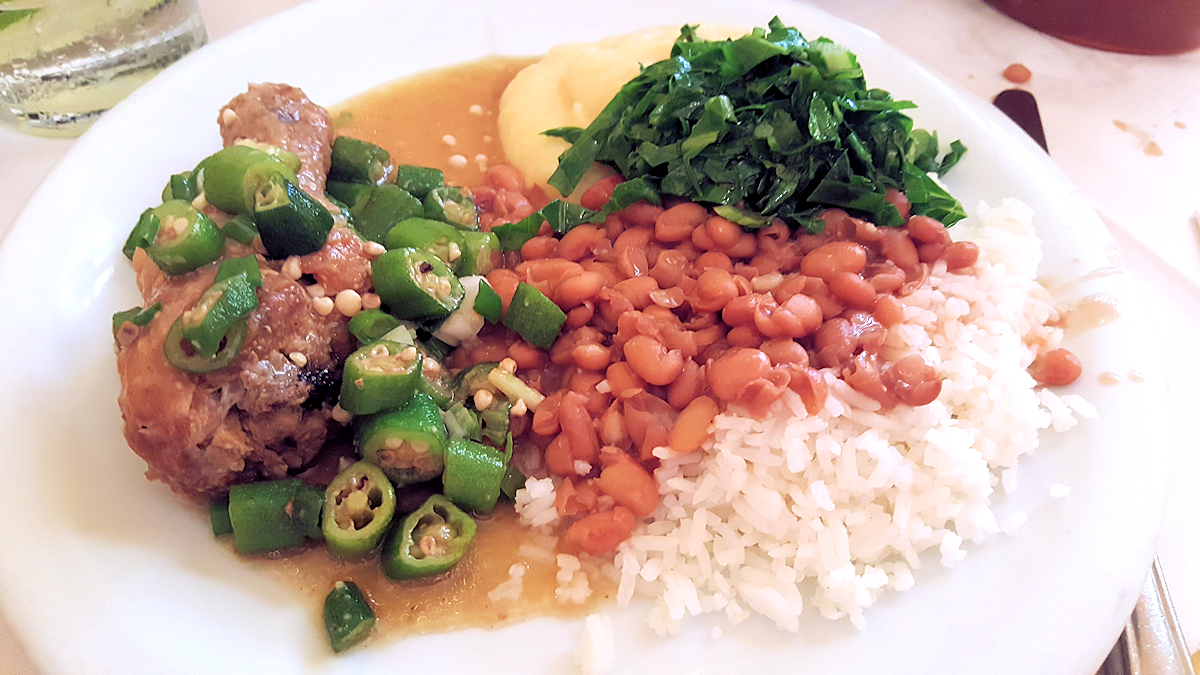
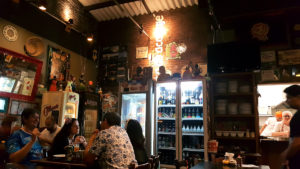
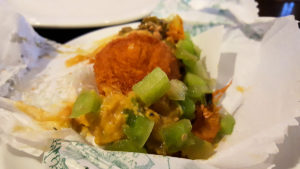
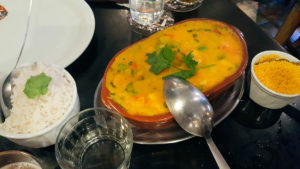
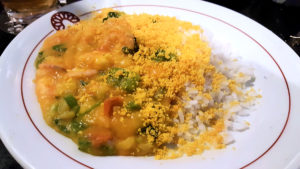
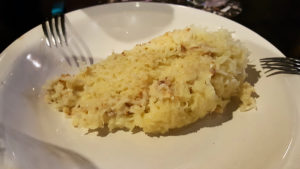
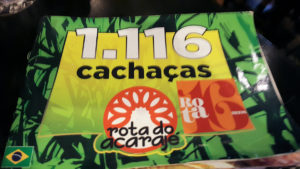
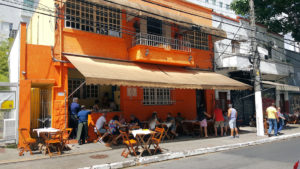
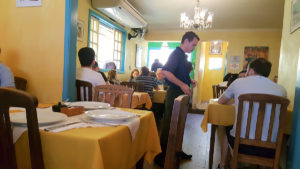
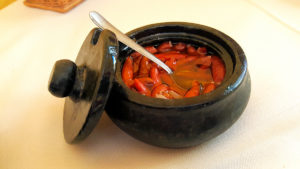
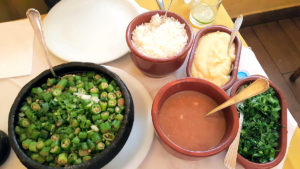
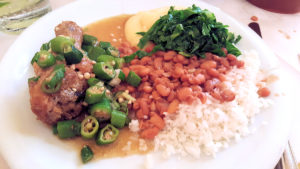
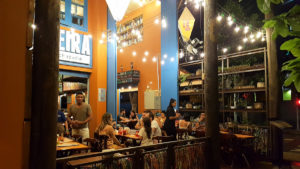
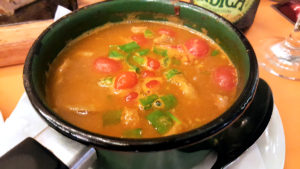
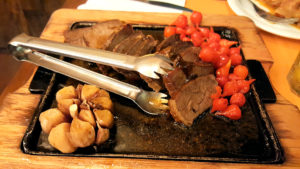
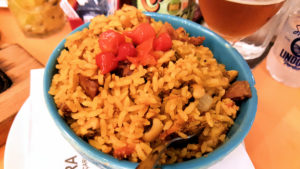
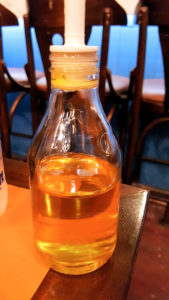
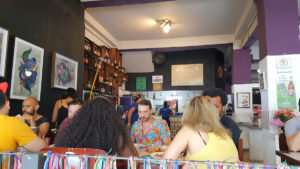
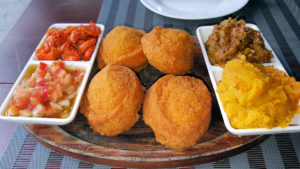
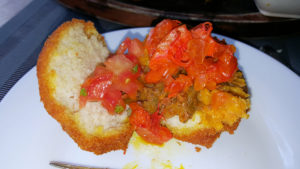
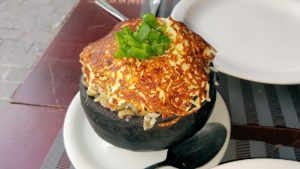
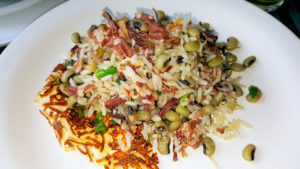
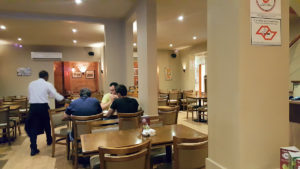
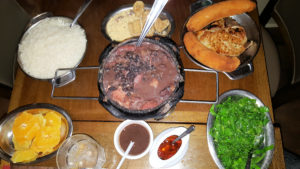
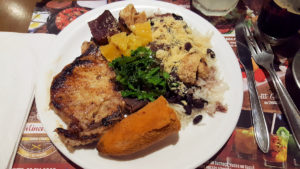
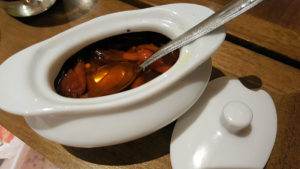
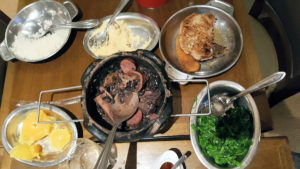
[…] de Pollo Braseado – Inspired by a classic Brazilian dish, frango a mineira, this is chicken thighs rubbed with a mix of spices and left for a few hours, then browned in olive […]